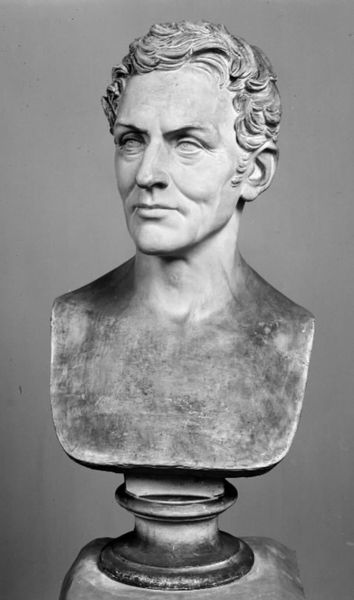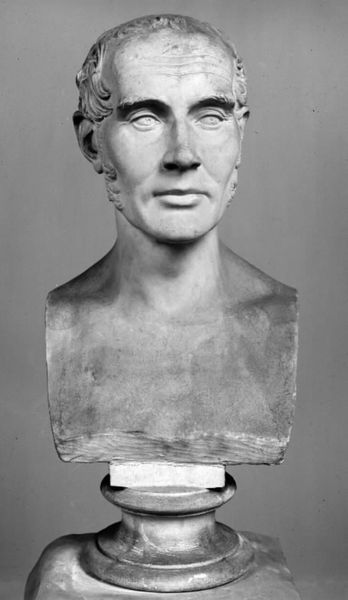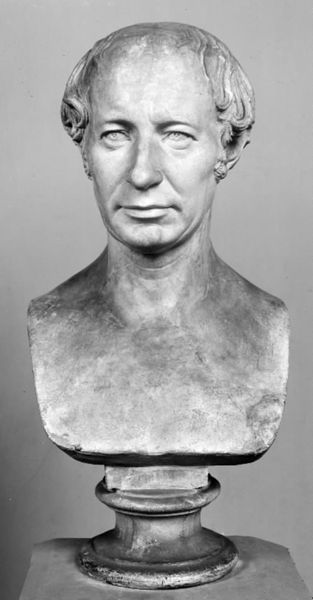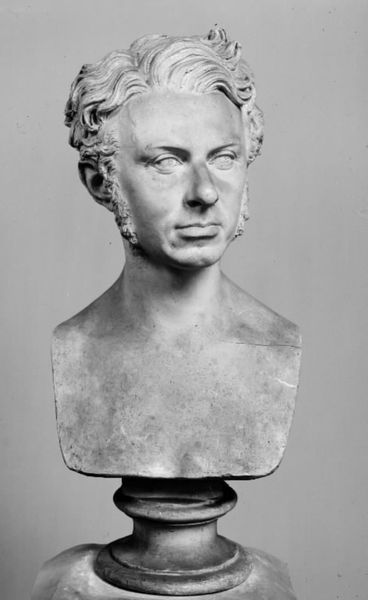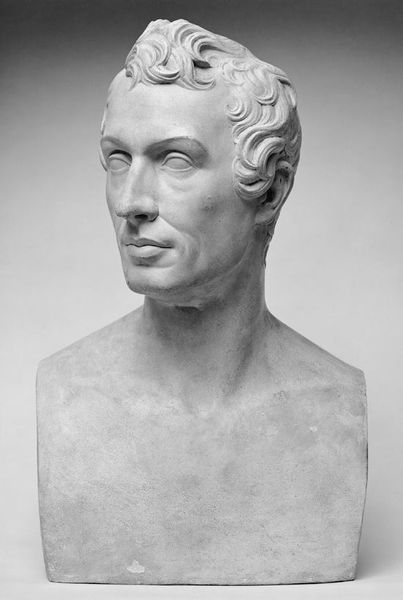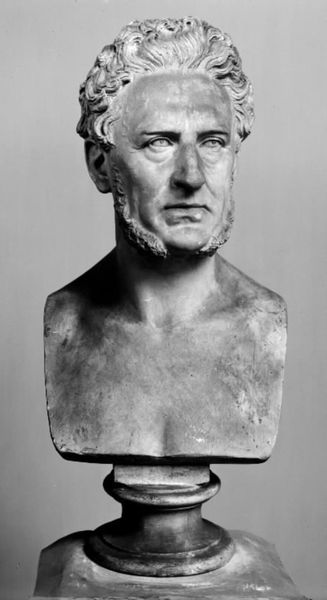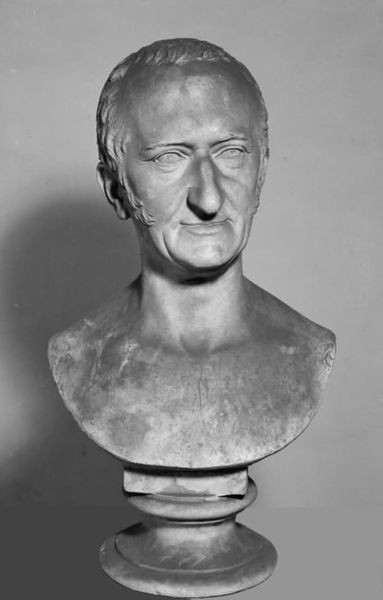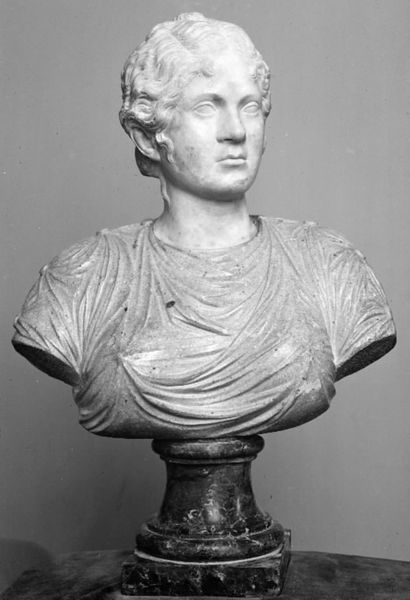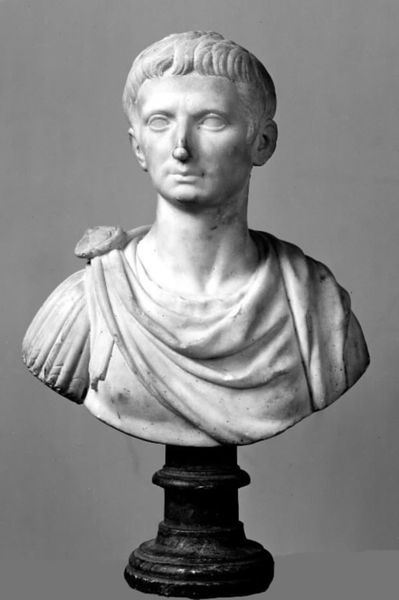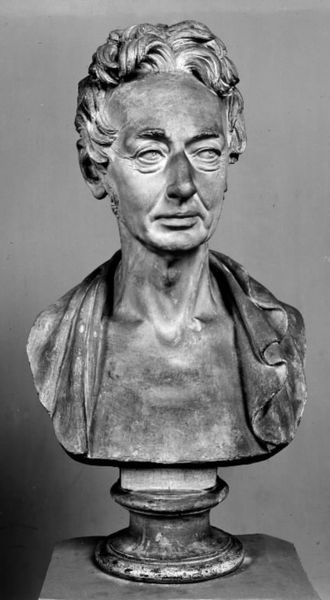
sculpture, marble
#
portrait
#
still-life-photography
#
portrait
#
sculpture
#
black and white
#
marble
#
realism
Dimensions: 58 cm (height) (Netto)
Editor: Here we have a marble sculpture titled "Angelica Marie Weis, f. Schønheyder" created in 1861 by H.W. Bissen. The first thing I notice is how still and reserved it feels. What stands out to you? Curator: Immediately, I see a compelling interplay between realism and idealization, typical of the Neoclassical style. Look at how the smooth marble lends itself to both capture a likeness and imbue the subject with a sense of timeless virtue. Marble as material carries potent associations of power, memory, and legacy. Does the use of marble change how you interpret the sitter? Editor: It definitely adds to the sense of importance. The cool, smooth stone also contributes to the reserved feeling. Curator: Exactly. Consider, too, the subtle asymmetry of her features, how it hints at a real person beyond the idealized form. The realism allows for more symbolism, and creates cultural continuity through the artistic tradition of immortalizing a figure in stone. How does it challenge or uphold the traditions of portraiture for you? Editor: It strikes a balance between preserving someone's likeness and elevating their status. I’d be curious to learn more about Angelica Marie Weis herself and the artist's process. Curator: Precisely. Understanding her position and context unlocks layers of interpretation, blending the personal narrative with broader cultural dialogues of the time. It lets us think about history with all the context and personal detail often forgotten.
Comments
No comments
Be the first to comment and join the conversation on the ultimate creative platform.
